The 5 signs it's time to replace your insulation – it'll boost your home's energy efficiency and regulate the temperature better
Insulation can need replacing if it wasn't installed properly


Insulation is one of those annoying home renovation tasks. It is a must to keep your home energy efficient and regulate temperature, but it can be a pain to install, and pricey at that. The last thing you want is to have to do it twice.
But did you know that insulation sometimes needs replacing? While it isn't a common occurrence, insulation can start to break down or become less efficient over time, especially if it wasn't installed correctly or has become damaged.
Our HVAC and home-building pros reveal the five common signs you need to replace your insulation, no matter what type of insulation you have.
Signs you need to replace your insulation
Mehdi Khachani, owner of Sunny Bliss Plumbing & Air Conditioning begins by assuring us, 'Insulation doesn’t typically need replacing unless there are issues such as damage, moisture, or compression. The material and installation method can influence the longevity of insulation:
- Material: Different types of insulation have different lifespans. For example, fiberglass insulation can last up to 20 years or more if it’s properly maintained, whereas foam board insulation may last longer due to its superior sealing properties.
- Installation: If insulation was poorly installed or hasn’t been maintained over the years, it may need replacement sooner. Insulation that was not installed correctly (for example, it has gaps or improper sealing) will not perform efficiently and could lead to increased energy bills.
Replace your insulation, and you will be well on your way to keeping a home warm all day.
Here are the signs to watch out for that it's time to replace your home's insulation, and ideally, catch as early as possible:
1. Higher energy bills
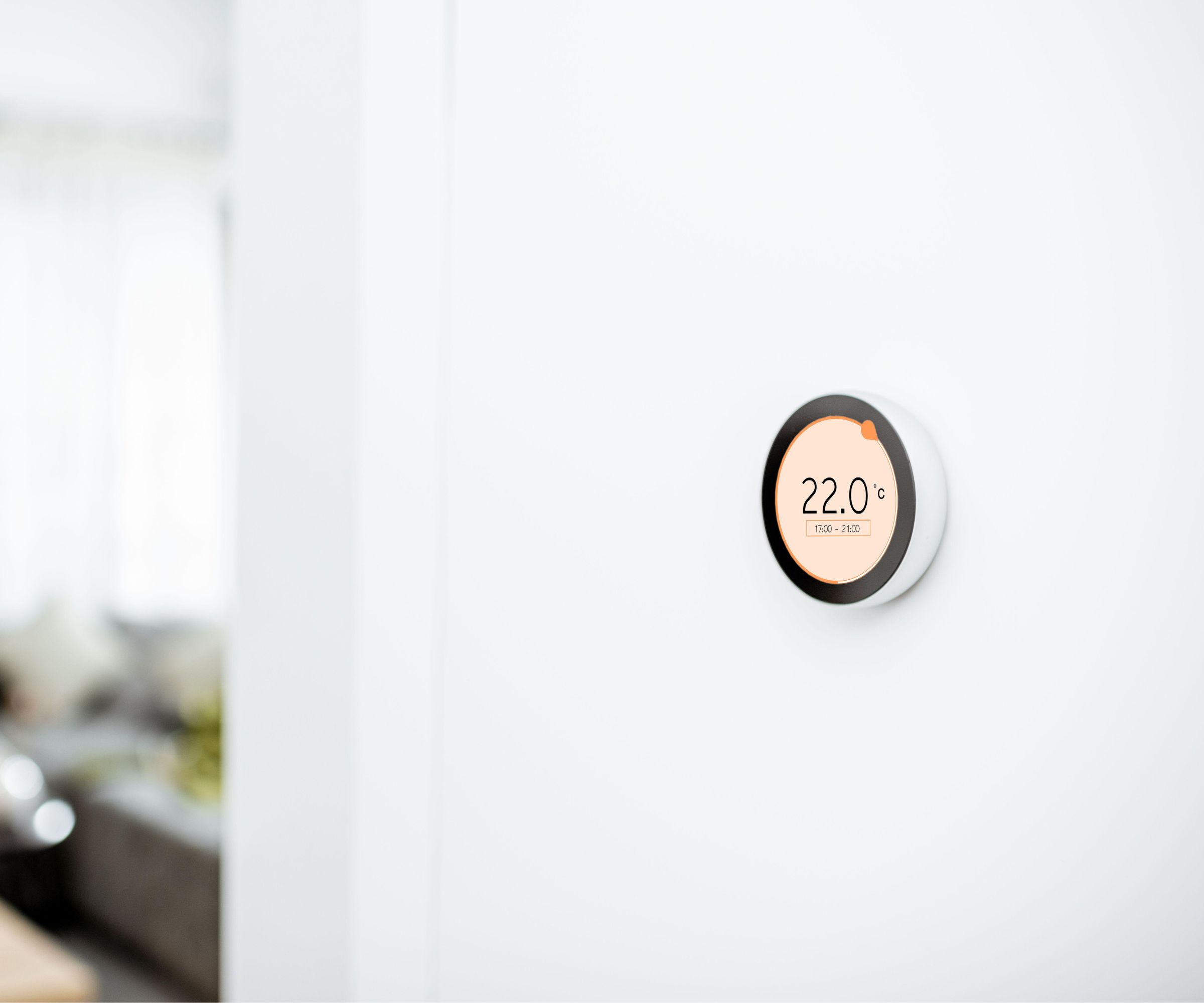
Slashing energy bills is usually at the top of everyone's to-do list be it summer or winter, so if you notice yours creeping up but you aren't changing your habits, it might be your insulation.
Mehdi Khachani continues, 'Insulation plays a crucial role in maintaining a comfortable indoor temperature without excessive heating or cooling. If your energy bills are higher than usual despite normal usage, it could be because your insulation is insufficient or deteriorating.'
Keeping a poorly insulated home warm or cool is certainly possible, but it is far more expensive and more difficult than a home with quality insulation. The insulation replacement is a high up-front cost that will save you both in the long term.
2. Fluctuating temperatures or drafts

There is only so much you can do to draft-proof your home before you have to admit defeat and consider that fluctuating indoor temperatures or drafts could be down to insulation issues.
Guillaume Drew, founder of Or & Zon says, 'A significant increase in energy costs or cold drafts is, in many cases, an indicator that there is little or no insulation in a structure. A lot of these people can tell that in winter, some rooms are too cold or in summer, some rooms are uncomfortably warm, which is the effect of insulation becoming ineffective.'
Draft-proofing and turning up the heat is only a short-term fix for hot and cold spots in your house, but can be partially effective while you wait for a contractor.
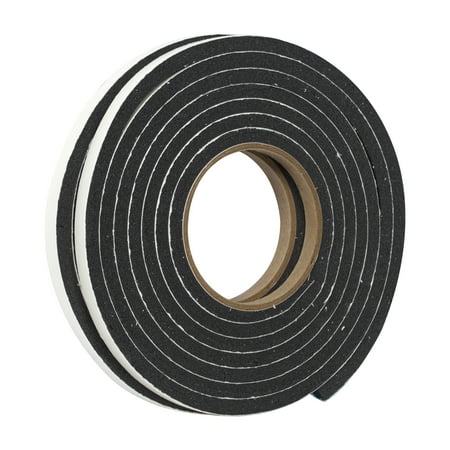
Weather stripping windows and doors around your home can help to mitigate drafts and limit warm air loss, making it a great addition to well and poorly insulation homes alike
3. Moisture issues
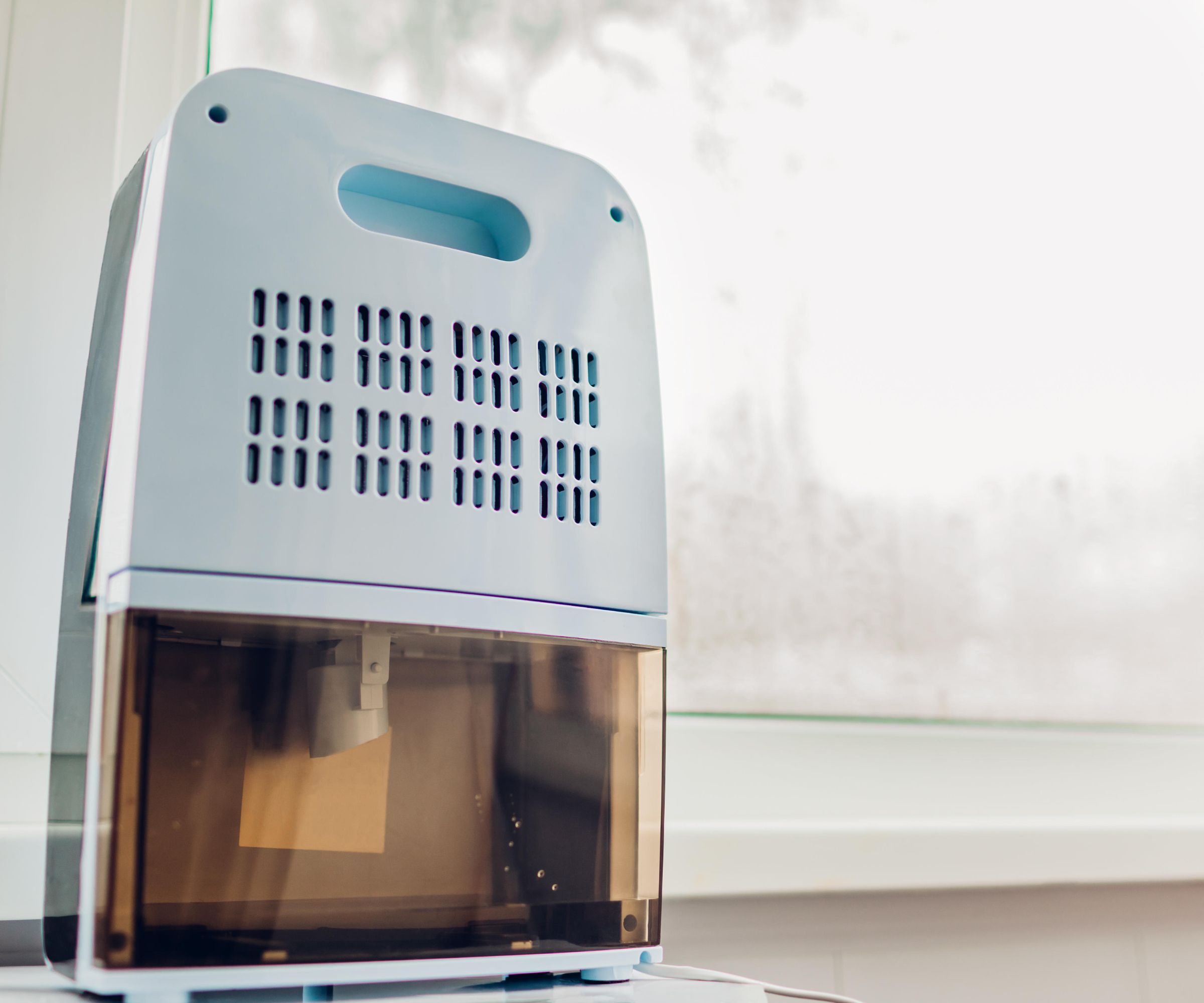
If you are stuck in a constant loop of trying to reduce humidity in a house or getting rid of black mold, it could be that your insulation has failed. This causes an increase in moisture throughout your property. In a vicious cycle, this can then make insulation degrade even faster, reducing your protection even further.
When this happens, it is wise to have an expert assess the damage and the cause of the moisture. They can then decide the best path forward to replace insulation and tackle any lingering moisture issues.
Bob Berriz, owner of Berriz Design Build adds, 'I can affirm that high-quality materials like spray foam or fiberglass installed by professionals can last longer if moisture issues are controlled. For instance, proper basement insulation using foam board in damp areas can prevent condensation and prolong the insulation’s effectiveness, a technique we employ in our remodeling projects.'
While waiting for a professional service, consider investing in the best dehumidifiers (such as the highly-rated NineSky Dehumidifier, from Amazon) to help tackle moisture before it causes serious mold issues.
Learn whether you should keep your crawl space vents open or closed for more insight on controlling your home's moisture and mold risk.
4. Visible damage or mold
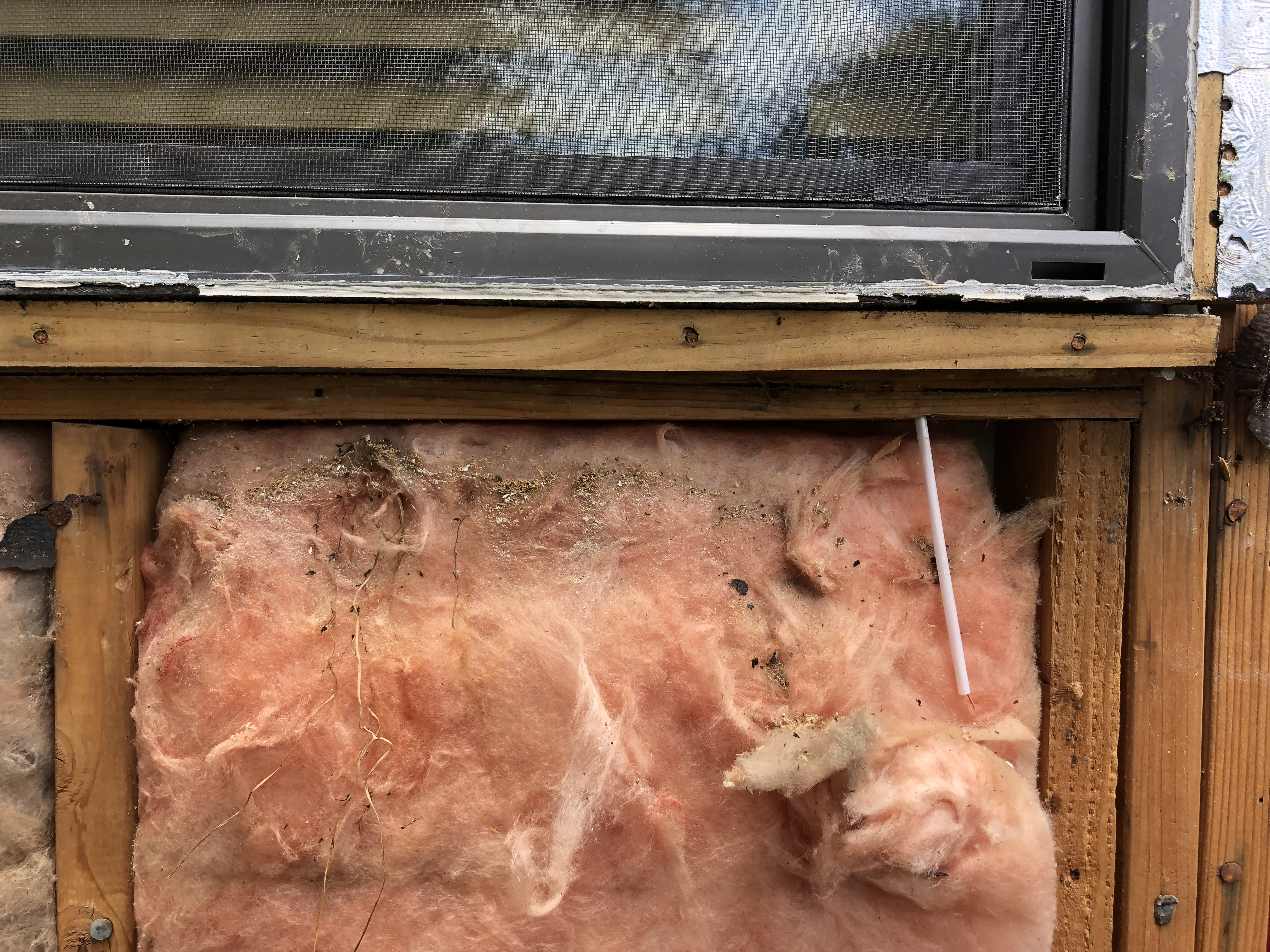
Water-damaged insulation
Perhaps surprisingly, insulation can grow mold. It can also shift around if it is not properly installed, become bedding for pests, or generally degrade if subjected to fluctuating moisture and dryness.
Because of this, visible signs of damage are a sure sign your insulation needs replacing says Allan DeGuzman, founder and CEO of Home Purchasing Pros.
He explains, 'Visible signs of wear, like sagging or crumbling insulation, are also common in older homes. For properties we work on, I always keep an eye out for moisture buildup, mold, or signs of pests, as these issues can signal that the insulation has reached the end of its lifespan.'
Investing in a quality dehumidifier, such as the GE Smart Energy Star Portable Dehumidifier, rated the best overall dehumidifier by H&G is a good way to manage moisture while waiting for a contractor.
Cellulose-based attic insulation types are particularly prone to mold if they become wet.
5. Age
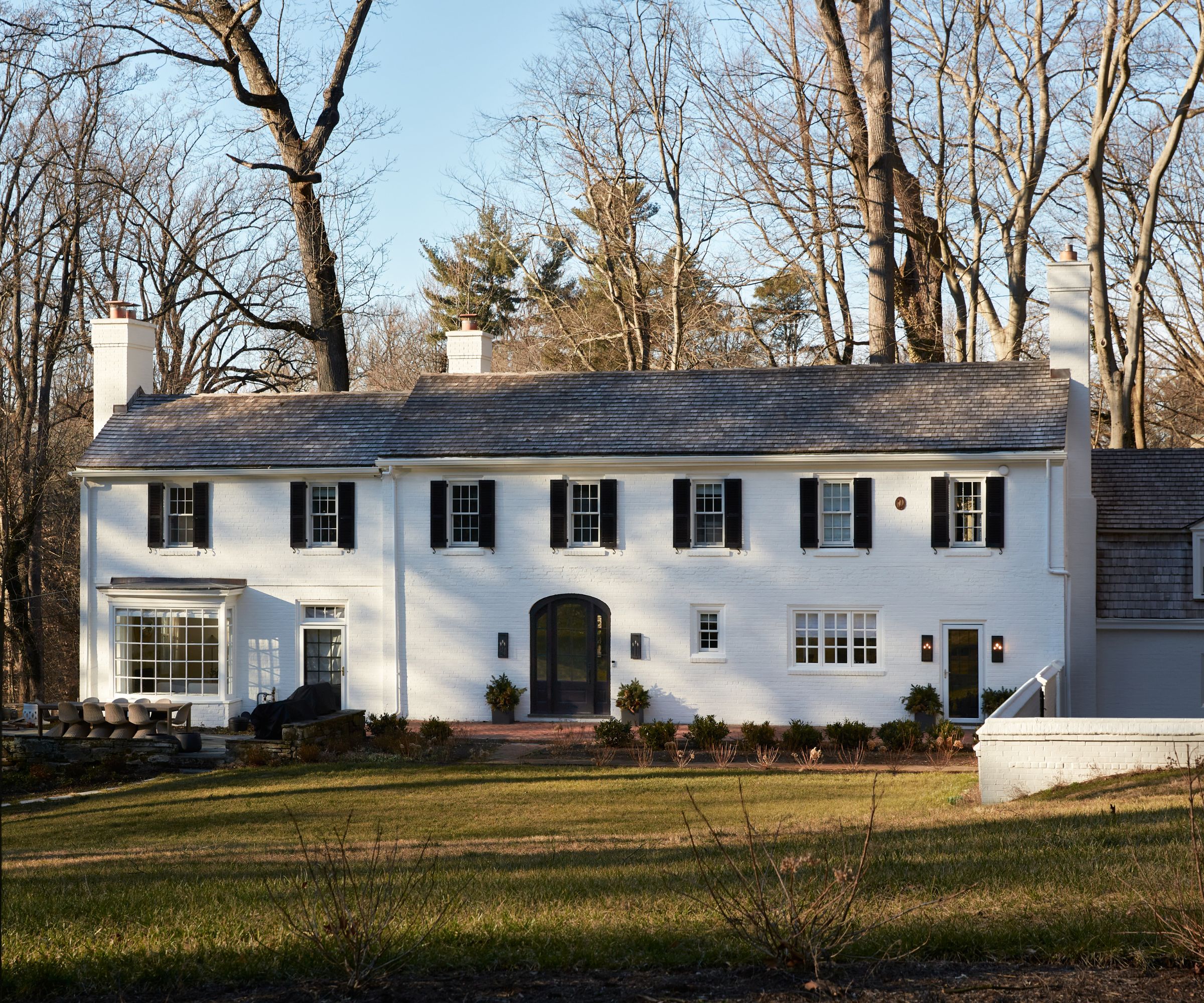
As with just about anything, the older something is, the less efficient it likely is. Older insulation is more prone to efficiency issues, leaving your home cold or damp. Experts advise adding checking your insulation to your winterizing a house checklist.
Jack Golini, contractor and owner of Golini Roofing shares, 'I’ve observed that older homes, especially those we’ve worked on in Wakefield, MA, often suffer from insulation degradation that contributes to such issues.
'It's vital to consider the type of insulation installed. In my experience, fiberglass tends to degrade faster than cellulose or spray foam. Proper installation from the outset is essential for longevity, which is why I highly recommend hiring professionals.
'When we re-roof, we ensure any insulation we replace is correctly installed to maximize its lifespan and energy efficiency benefits.'
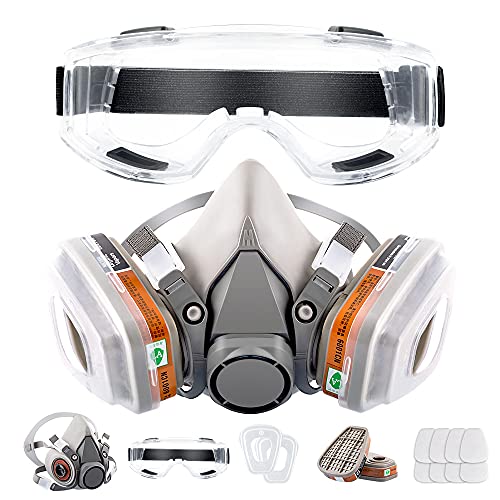
Whenever you are doing anything with insulation, it is always best to wear a dust mask and goggles (and gloves if you are touching it) as it can be toxic. Especially if it is moldy or old.
Luckily, there are some ways to help improve the lifespan of your home insulation and make your home heating types more efficient assures Jack Golini, contractor.
He says, 'Maintaining insulation involves regular checks for moisture accumulation and pest infestations, which can deteriorate its effectiveness. I’ve seen clients benefit from periodic evaluations of their attic and wall insulation, which not only extend their lifespan but also lead to substantial savings on energy bills over time.'
Next, learn where to insulation your home to keep it warm in winter and how to use snow as a diagnostic for insulation.
Sign up to the Homes & Gardens newsletter
Design expertise in your inbox – from inspiring decorating ideas and beautiful celebrity homes to practical gardening advice and shopping round-ups.

Chiana has been at Homes & Gardens for two years and is our resident 'queen' of non-toxic living. She spends most of her time producing content for the Solved section of the website, helping readers get the most out of their homes through clever decluttering, cleaning, and tidying tips. She was named one of Fixr's top home improvement journalists in 2024.
-
 5 surprising but brilliant ways to clean with old socks – from perfectly buffing stainless steel to deterring pests naturally and more
5 surprising but brilliant ways to clean with old socks – from perfectly buffing stainless steel to deterring pests naturally and moreTackle dust in tricky corners, clean your mirrors and even banish bad odors with those rogue single socks
By Andy van Terheyden Published
-
 How to grow astilbe – expert advice on cultivating this shade-tolerant flowering perennial
How to grow astilbe – expert advice on cultivating this shade-tolerant flowering perennialShade-tolerant and pest-resistant - astilbe are hardy and tough perennials that can thrive in many settings
By Ellen Wells Published
-
 5 vital ways a home battery backup can help with your most urgent needs in a power outage – from heating to flood prevention and calls
5 vital ways a home battery backup can help with your most urgent needs in a power outage – from heating to flood prevention and callsExperts say they're a worthy investment
By Clement Feng Published
-
 I’m an HVAC technician, and this is when I turn on my AC each year – plus 5 checks I always do beforehand
I’m an HVAC technician, and this is when I turn on my AC each year – plus 5 checks I always do beforehandSave yourself an AC hassle by running my checks and turning it on before big heat hits
By Josh Mitchell Published
-
 6 things you should never throw in the trash – and what to do for safe disposal instead
6 things you should never throw in the trash – and what to do for safe disposal insteadFrom batteries to space heaters, experts reveal what not to throw
By Andy van Terheyden Published
-
 7 spring home maintenance mistakes to never make – overlooking these now can lead to pest problems and structural damage
7 spring home maintenance mistakes to never make – overlooking these now can lead to pest problems and structural damageHome improvement pros share common mistakes and what to do instead
By Eve Smallman Published
-
 10 common but little-known HOA fines to watch out for – and how to avoid them
10 common but little-known HOA fines to watch out for – and how to avoid themFrom sprinklers to garage doors and external pipes, your HOA contract may leave you open to a fine
By Eve Smallman Published
-
 I’m a homes editor and these are the 4 vital storage items I’m 'adding to cart' this spring – and why you should too
I’m a homes editor and these are the 4 vital storage items I’m 'adding to cart' this spring – and why you should tooI've learned a few hard lessons in recent weeks and these storage solutions will help
By Punteha van Terheyden Published
-
 7 things you should repair instead of replace in your home – and how to complete the job well yourself in a few simple steps
7 things you should repair instead of replace in your home – and how to complete the job well yourself in a few simple stepsEasy steps for fixing common household items
By Eve Smallman Published
-
 Why does my carpet feel damp? Property experts reveal the 3 causes and how to fix them properly to avoid mold
Why does my carpet feel damp? Property experts reveal the 3 causes and how to fix them properly to avoid moldCondensation doesn't just gather on your windows
By Dan Fauzi Published